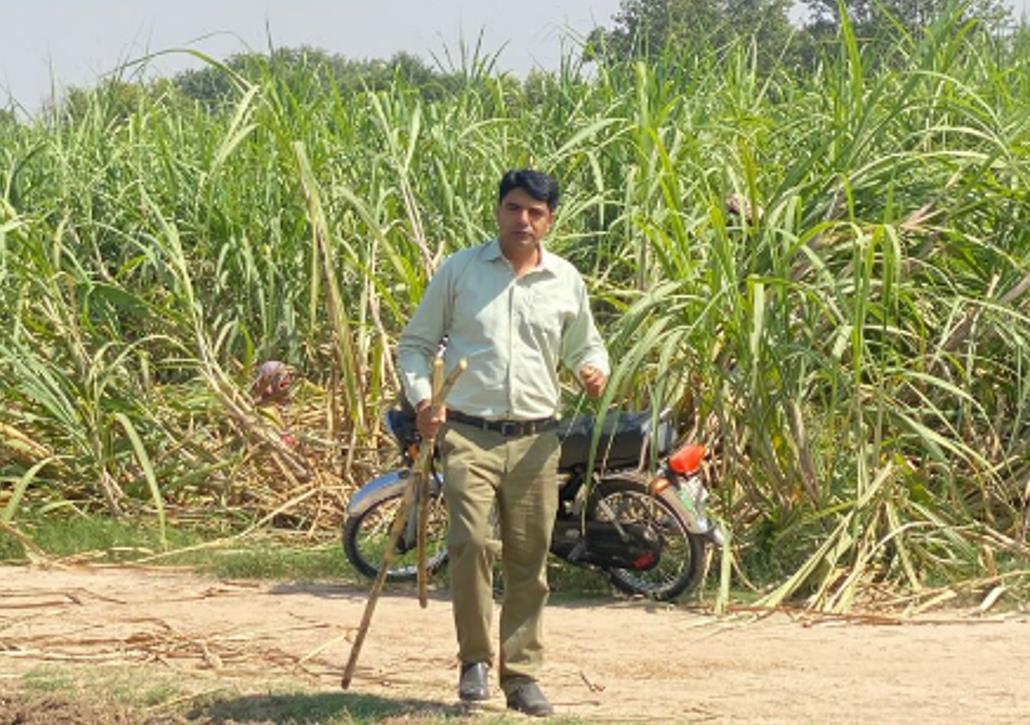ISLAMABAD: Pak-China sugarcane cooperation edges ahead for bright future despite challenges, according to a report published by Gwadar Pro on Monday.
The surge in sugar prices in Pakistan reflects a series of deep-rooted elements. Key factors contrib-uting to this situation includes the increase in sugarcane production costs manipulation by domestic sugar “mafia” and a flawed subsidy system.
Moreover, our entire sugarcane industry needs technological changes to bring about industrial upgrad-ing and help reduce related costs.
Dr. Fahd Rasul, Associate Professor of Agronomy, University of Agriculture Faisalabad (UAF) told Gwadar Pro that the highly volatile sugar price has jumped from 85 rupees/kg to 160-170 rupees/kg ahead of the crushing season start.
Sugarcane production in 2021-22 based on official plantation areas of about 1.25 million hectares was about 88.6 million tons, a certain growth from the same period of last year (1.16 million ha/80.9 million tons). The unit output in 2021-22 (70.35 Tons/Ha) is almost the same as the previous year (69.55 Tons/Ha), according to Annual Report 2022 published by Pakistan Sugar Mills Association (PSMA).
However, Pakistan’s sugarcane yield per hectare is much lower than that of other major producers. In 2018 alone, the yield was 62 tons, far below the world average of 73 tons as well as India’s 80 tons. Sikandar Khan, a PSMA senior official, noted that in addition to artificial factors such as monopoly and market manipulation, the increase in sugarcane production costs such as fertilizers, pesticides and transportation is the main reasons for the soaring sugar prices.
Sugarcane uses more subsidized agricultural inputs than other cash crops, especially fertilizers and wa-ter. In highly water-stressed countries, including Pakistan, sugarcane consumes much more water than any other cash crop. It is urgent to cultivate high-quality sugarcane varieties that consume less water, have higher sugar extraction efficiency, and are more resistant to pests and diseases. –INP






